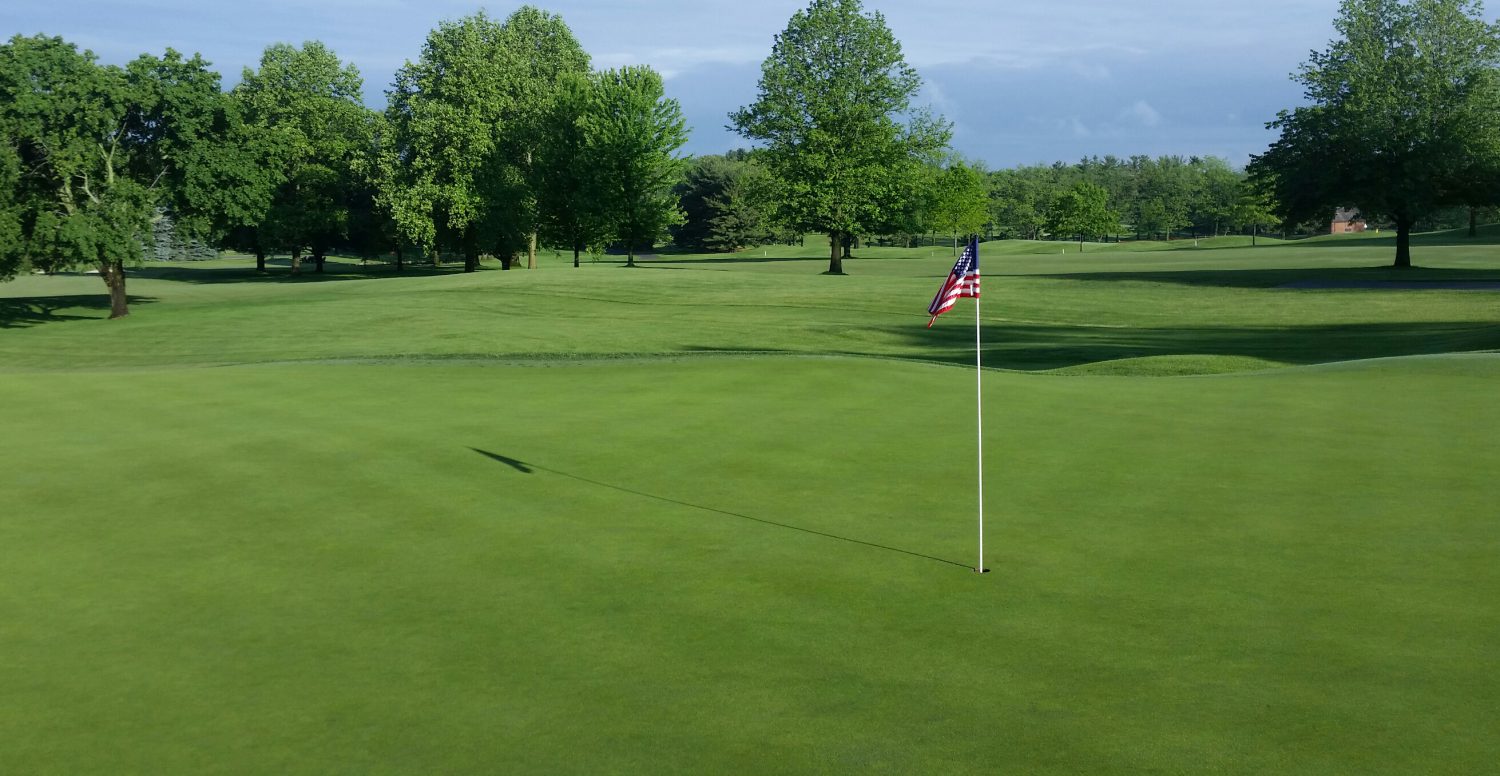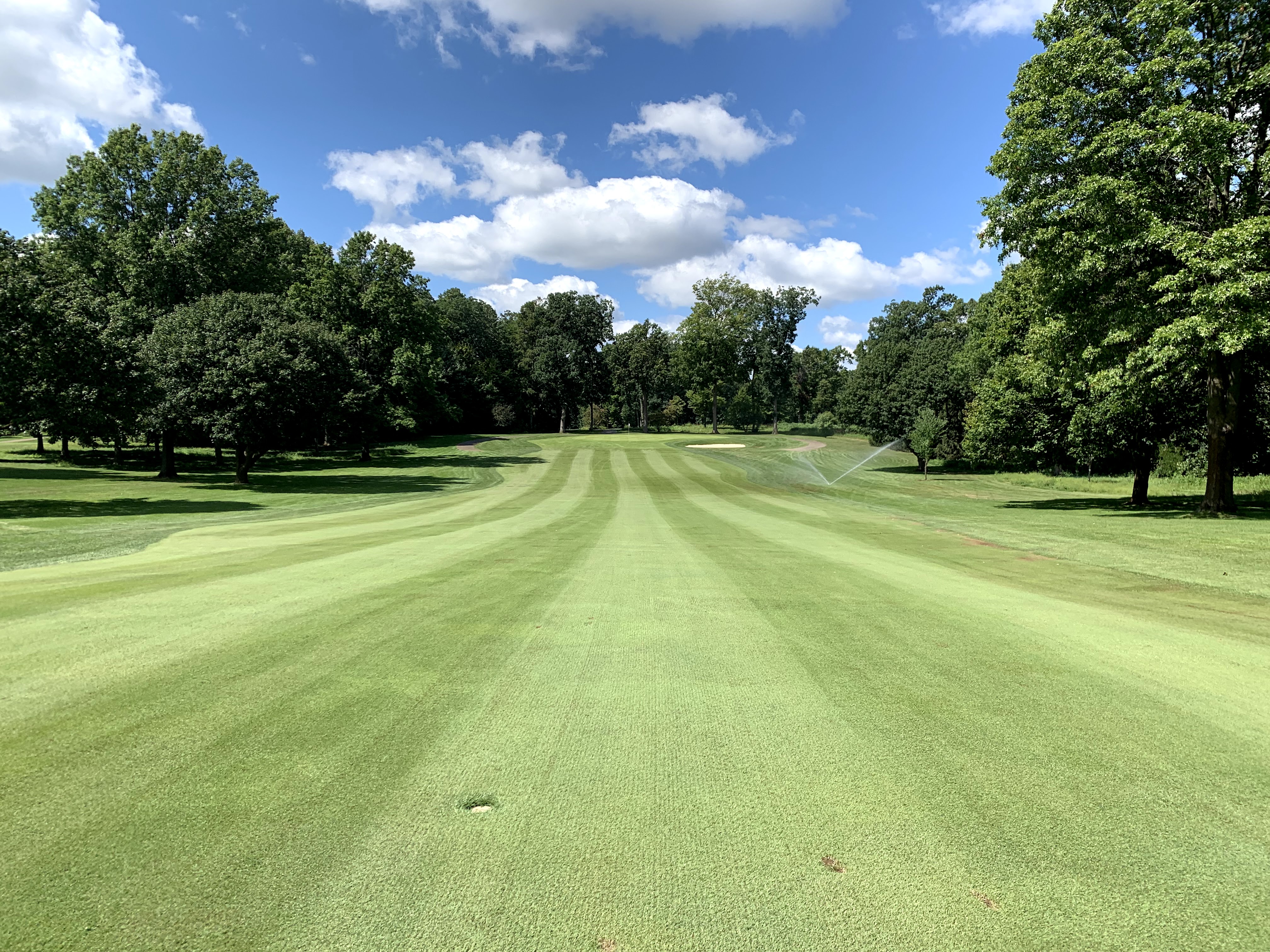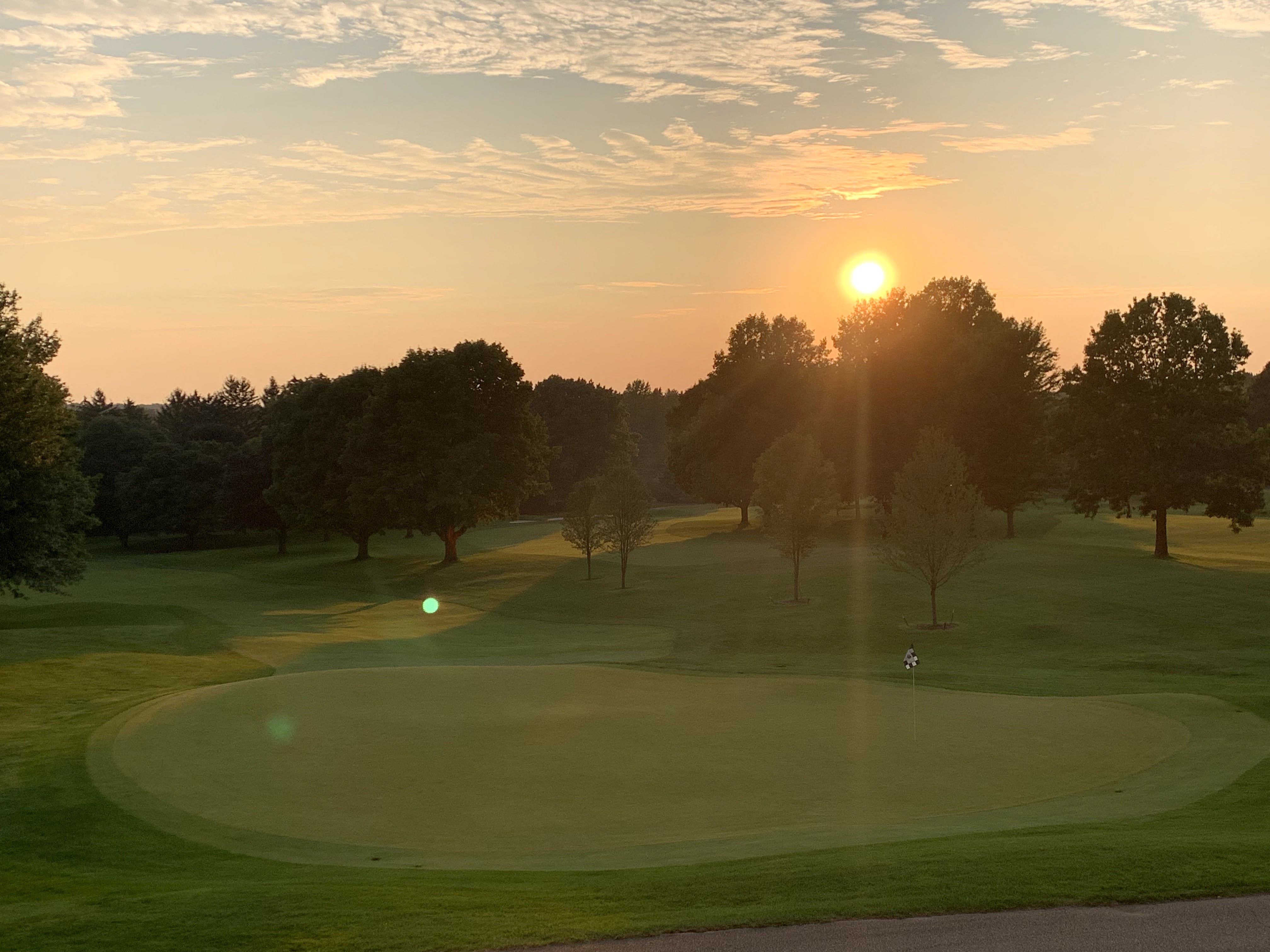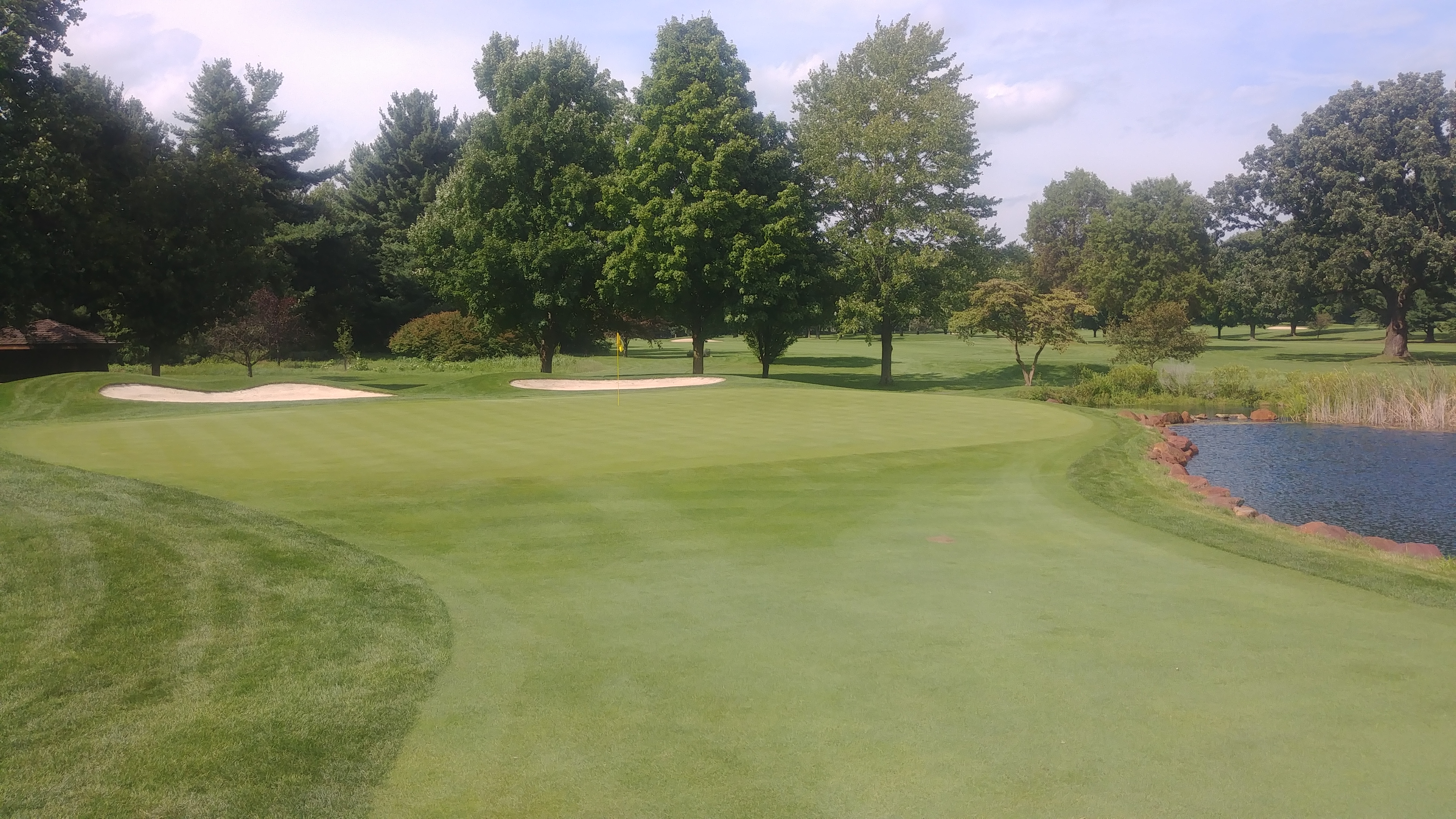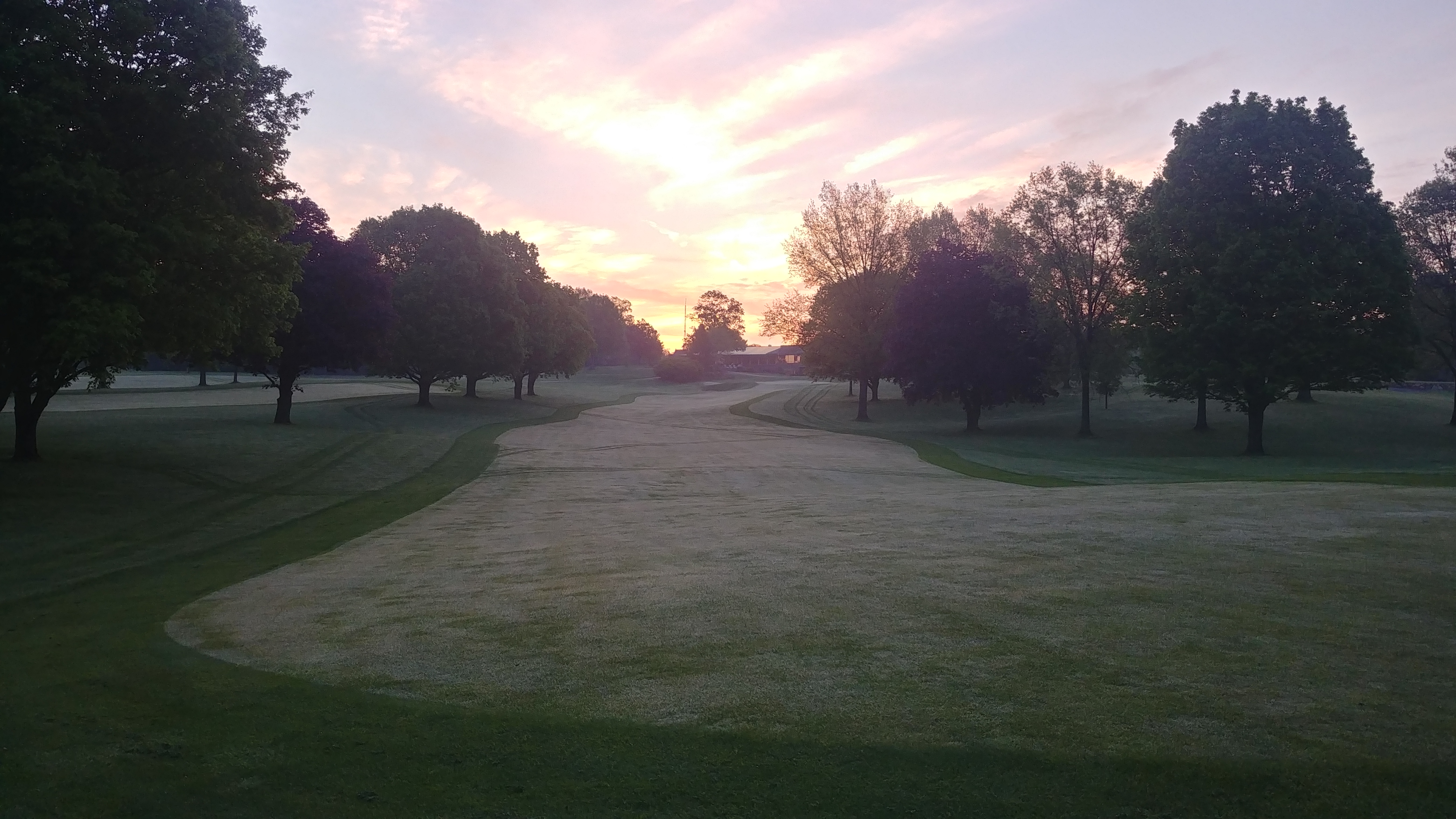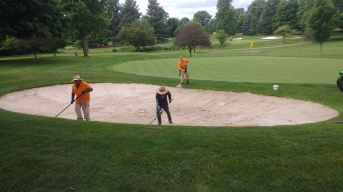
August has come and gone, which means the kids are back in school in some fashion, football season has begun, and Club Championships have been contested. I would like to congratulate all of the winners from this year’s Men’s Invitational and club championships. It looks like we are also done with the “Dog Days” of summer. The golf course continues to look and play extremely well and is in prime condition for a great fall season for you to enjoy.

We as a staff have had quite a busy season so far, and As all of you are aware, finding quality and talented people to help an operation is a challenge in today’s environment, so while our staff has been smaller in numbers, I could not be more proud of their efforts this year and the product they have produced for you to enjoy. So a huge “Thank You/Muchas Gracias” to Adam, Steve, Ron, Bob, Paul, Harold, Larry, Migler, Andonis, Brooklynn, Issac, Ryan, Andy, Jenna, and Joe for all your hard work and dedication to Elcona this year!
The golf course has made it through the summer in great condition, much in part due to the great efforts of our staff, but that does not mean the year has been all sunshine and rainbows. August brought excessive heat and humidity, and a fungal disease on fairways called brown patch. The higher the nighttime temperatures and humidity create a ripe environment for these pathogens to grow and infect turfgrass. We have treated all fairway turf with a fungicide and the weather forecast is more favorable for turf recovery in a week or so.

We are currently in prime re-seeding season, and many areas that have thinned out are being repaired after a long season, like the rough on the right side of 12. The picture above is not one of those images I enjoy seeing but can happen this time of year. This is damage left by a raccoon or skunk, forging for food. This time of year white grubs are close to the turf surface, and areas that are normally untreated, like this area near the woods on 16, provide areas for animals to dig in search of their next meal. Mole activity is increased this time of year as well, for the same reason: grubs are a source of food for them. We are treating these areas as needed to eliminate the food source so that damage to turf is minimized, and also will be seeding the damaged turf. These areas will be marked as ground under repair for the time being.

A new pest this year that has created issues for many farmers and turf professionals in Indiana is the fall armyworm. Normally a southern pest, entomologists are suggesting the moths that these worms adult as were swept up in the high level winds that were felt here from Hurricane Elsa’s landfall in late June, and were brought to the Midwest and Northeastern US where they have been foraging on our turf. We have had some damage from them in areas of the rough here at Elcona, especially if those areas were contaminated with bentgrass like the above picture right of 2 fairway. Any damaged areas will be or have been reseeded. We treat the rough near the fairways preventatively each year and so this pest has not been a major issue for us like other places. They do not overwinter in our climate, so I am not expecting them to be a major issue next year unless the same weather situation develops.

Other brown turf on the course is the result of an irrigation issue. While I do actually enjoy digging our beautiful sandy soil as a workout, most of the time it is to replace a decoder that has failed. A decoder is like a mail box for the irrigation system. Each of the over 1200 sprinklers on the property has a unique 5 digit address that is programmed into both a computer in my office and each decoder in the field. When I want to run a sprinkler, the computer sends a 24 volt signal through the miles of wire below ground to find the specific sprinkler’s 5 digit address and turn it on. The computer does the same to turn the sprinkler off.

So why are these failing? There are a few reasons why. Our beautiful sandy soil can be difficult to make/keep a firm grounding connection, and can create a short in the system. Lightning strikes can reek havoc on the electrical components, sending surges through the system. I have also observed tree roots and ant colonies push open the grease packs that protect the wire connections, exposing the wires to drainage from rain and normal soil moisture that can cause a short. As these issues are found, we repair them as soon as possible to prevent further damage to the components.
Our pollinator areas have continued to see a large increase in butterfly activity this year, especially Monarchs. The areas of milkweed you have noticed along the native areas are the Monarch’s main source of food and habitat for them to complete their life cycle on their migration from Mexico to Canada and back. Where appropriate, we will continue to provide habitat for pollinating insects while not impacting your experience on the golf course.

Lastly, I wanted to remind everyone that we are also starting our fall aerification schedule this month. Tees will be aerified September 7th, and we will be pulling cores during this closed day for the golf course. Greens will be aerified on October 7th and 8th, leaving one 9 closed each day. Fairway aerification will be performed the week of October 11th. All of these dates are of course, weather permitting. I will have more on these and other happenings in my next blog post later this month.
If you have any questons, please feel free to reach out to me at ryan@elconacc.com. Have a great and safe Labor Day weekend, and I hope to see you out on the golf course!

Ryan
